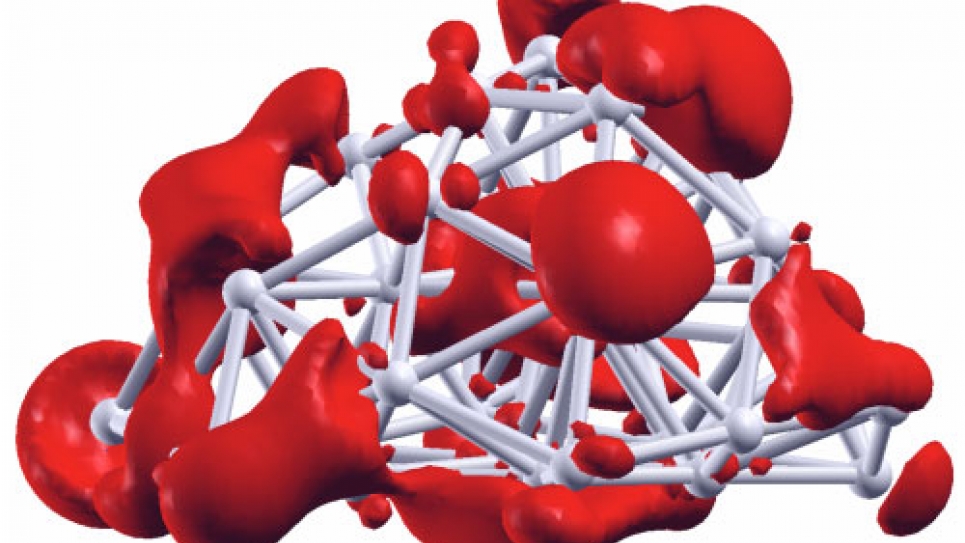
Materials Design and Discovery: Catalysis and Energy Storage
New materials may help solve global energy challenges
Our energy future hinges on the design and discovery of new materials—like materials to replace the oils currently used to make plastics, and materials to power electric vehicles.
Scientists at Argonne’s Center for Nanoscale Materials and the Material Science Division are pairing the power of the Blue Gene/Q with newly available electronic structure codes to conduct massively parallel quantum mechanical calculations for use in the design of breakthrough materials that may have energy-related applications.
Materials reduce greenhouse gases, power electric vehicles
A team of researchers, led by Larry Curtiss with the Material Science Division and the Center for Nanoscale Materials at Argonne, is focusing research efforts on catalytic materials and on materials used for electric energy storage. Catalytic materials are used for bond-specific activation for efficient chemical transformations. This research could yield new strategies for more energy-efficient, environmentally friendly chemical synthesis to help reduce greenhouse gases, or in new methods for replacing petrochemicals with inexpensive, abundant small alkanes.
Creating new materials for electrical energy storage, (specifically, for the interface between electrolyte and electrode) could lead to safer, longer-range batteries for electric vehicles.
Finding better solutions, faster with the Blue Gene/Q
Using the extreme compute power of the Blue Gene/Q, researchers will employ high-accuracy quantum mechanical calculations using density functional theory (DFT) and quantum monte carlo (QMC). In preparation for the new architecture of the Blue Gene/Q, key computational kernels will be re-written to employ OpenMP nested parallelism.